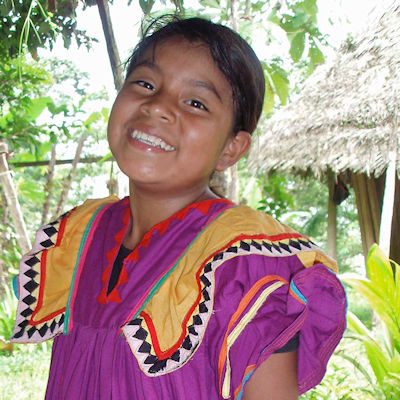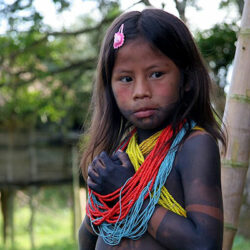Panama is located in Central America and is one of the countries that make up the “bridge” that connects North and South America. One of the famous feats of human engineering is there – the Panama Canal, which connects the Pacific with the Atlantic Ocean as an essential shipping route.
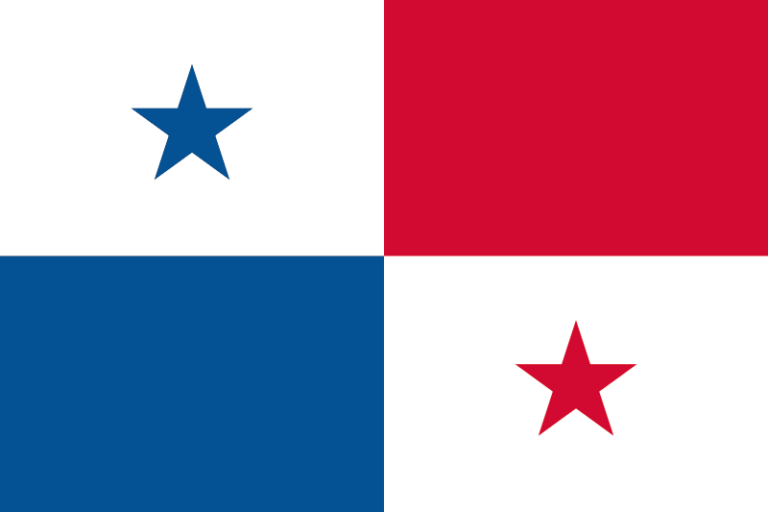
The culture of Panama derives from European music, art and traditions brought by the Spanish to Panama. Hegemonic forces have created hybrid forms blending African and Native American culture with European culture.
For example, the tamborito is a Spanish dance with African rhythms, themes and dance moves.
Dance is typical of the diverse cultures in Panama. The local folklore can be experienced at a multitude of festivals, through dances and traditions handed down from generation to generation. Local cities host live reggae en español, reggaeton, haitiano (compas), jazz, blues, salsa, reggae, and rock music performances.
Bocas Del Toro

A panel of “Molas” traditional textile art from the Kuna tribe from the province of bocas del toro
Bocas del Toro Town, or just Bocas Town, is the capital of Bocas del Toro Province, in Panama. It’s at the southern tip of Isla Colón, in the Caribbean Sea. Nearby beaches include sheltered Starfish Beach, to the northwest.
Poison dart frogs are endemic to the islands of Bocas Del Toro, each island having their own specific colorful frogs that can be identified by their color patterns like red for the island of bastimentos and gold for the island colon. Sloths live in the various mangroves off of the islands of Bocas Del Toro.
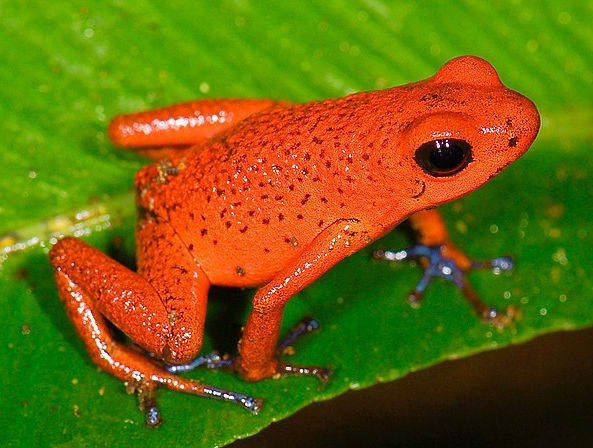
Strawberry Poison Frog
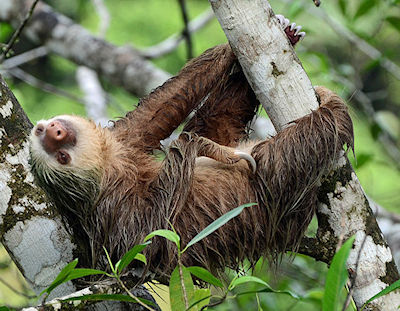
A Two-Toed Sloth

The Panamanian Golden Frog
The arts and crafts of the indigenous people are also a perspective on the contemporary indigenous lifestyles in Panama.
las Paridas
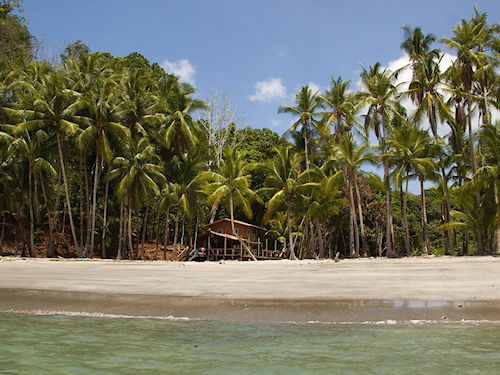
Isla Parida in the archipelago off the Pacific coast, Golfo de Chiriquí

Isla Gamez, Golfo de Chiriquí
The pacific islands of “las Paridas” (which means the births in Spanish) are home to whales during the late wet season in Panama and can be seen from the small motorboats jumping from island to island.
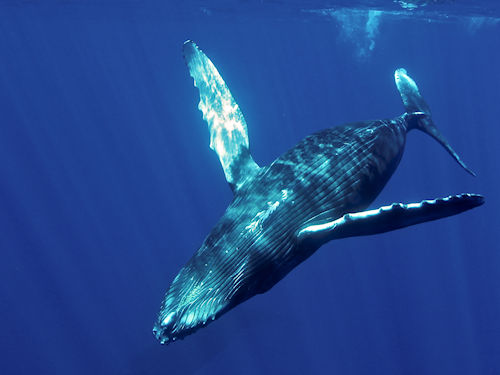
Panama is one of the few countries in the world that hosts humpback whales from both the Northern and Southern Hemispheres.
Colon
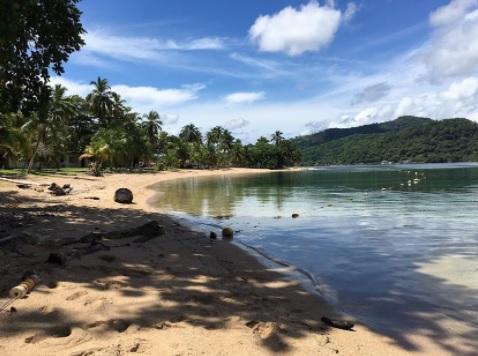
Picture of “Isla Grande” in Colon, Panama
The province of Colon is right on the Caribbean coast of Panama and has a host of wild animals that live on the mainland and on the islands, like howler monkeys. Colon also has an old Spanish fort from 1758 in Portobelo and the women wear a traditional dress of Colon Pollera Conga.
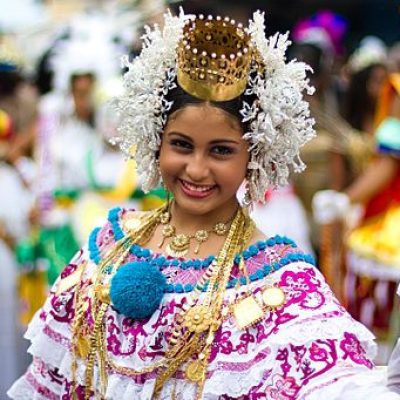
Panamanian Festival Attire
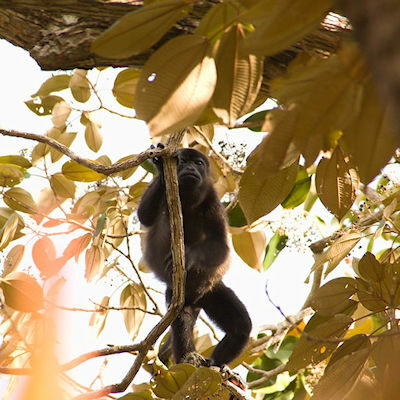
Picture of Howler Monkey

Picture of one of the guard watchtowers in the San Fernando Fort with a vulture resting on the top of the rock.

Front picture of the San Fernando Fort Battery ruins – Constructed in 1758 on the north side of the bay in portobelo, it was built on two levels, a low one with fourteen cannons and another level with six.
If the rich culture of Panama makes you wonder how wonderful cultures in other countries are and you are a high school or college student, you might want to check out the study abroad resources pages below.


